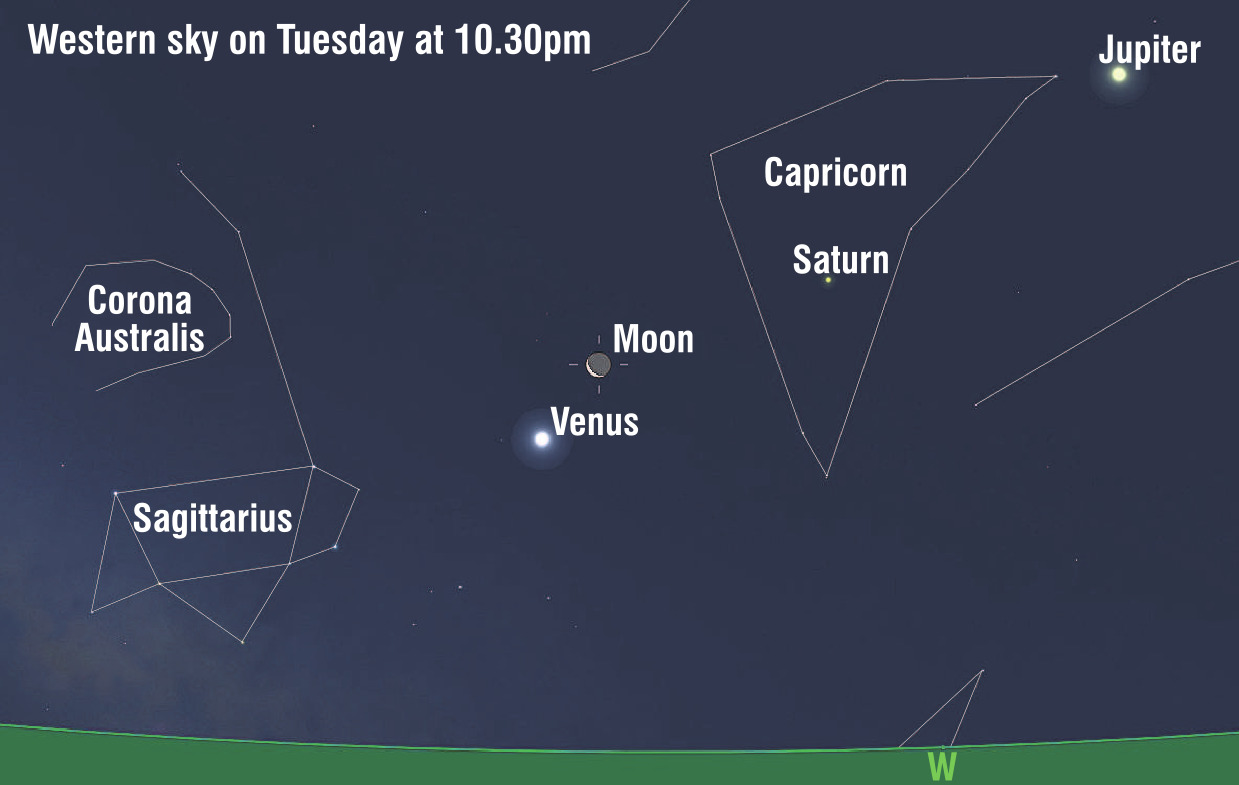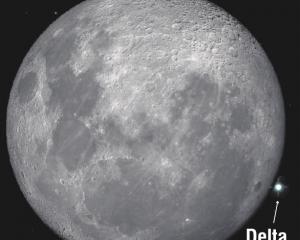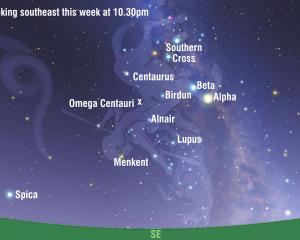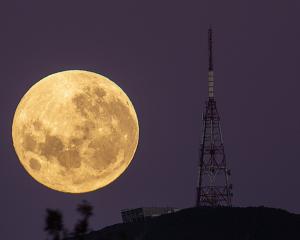
The 13% illuminated waxing crescent moon will be easily visible in the western sky as darkness falls. Look out for ghostly Earthshine, or sunlight reflected from Earth. This makes the dark part of the moon visible to the unaided eye. Earthshine was first explained by Leonardo da Vinci in the Codex Leicester, written between 1506 and 1510. Some astronomers still refer to this beautiful phenomenon as the "Da Vinci glow".
Once your lunar studies are complete, look down and to the left. Venus is just four degrees away from the moon on Tuesday. Photographers should be able to get some lovely pictures of Venus and the moon, particularly as they sink towards the horizon.
Venus is often referred to as our sister planet because its size, mass, density and volume are similar to Earth. However, our planetary sibling is not a pleasant place to visit. It has no surface water, a poisonous, dense atmosphere composed almost entirely of carbon dioxide and sulphuric acid clouds. At the surface, the atmospheric pressure is more than 90 times that of the Earth at sea level and the temperature is almost 500degC.
This week Venus reaches its maximum brightness for 2021 due to a combination of factors. It is getting closer to Earth every night. Also, the clouds in its noxious atmosphere are incredibly efficient reflectors; they reflect almost 70% of the sunlight falling upon them. By comparison, the moon reflects roughly 12% of the sunlight reaching its dark surface.
If you have a telescope, it is definitely worth pointing it at Venus. The planet is a thin 23% illuminated crescent.
- Ian Griffin












